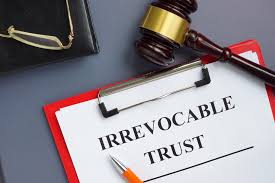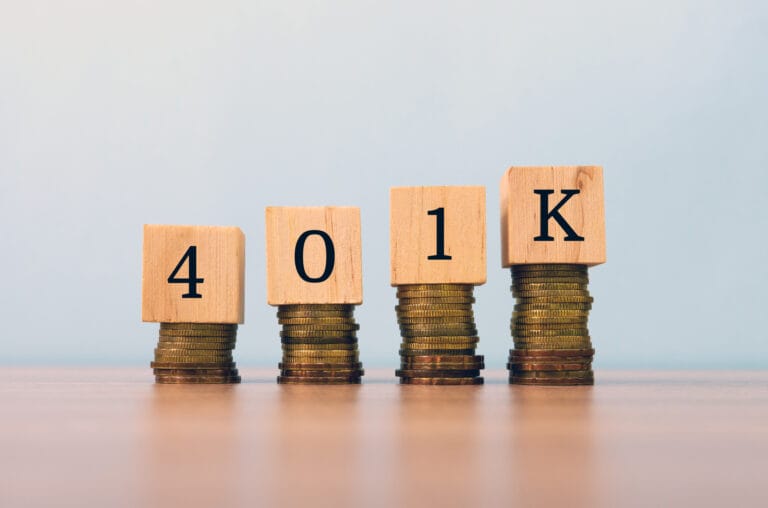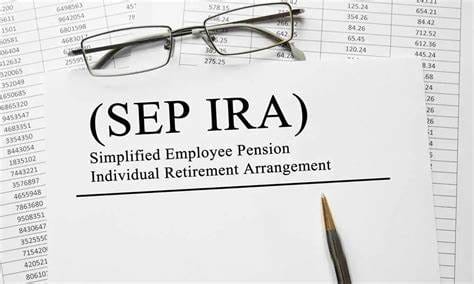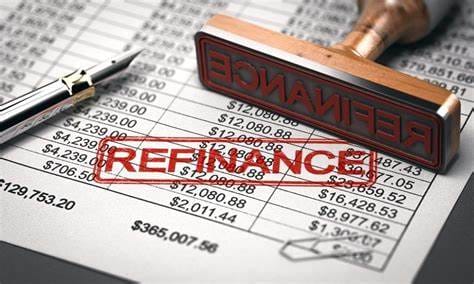🔁 What Is a Reverse 1031 Exchange?
A reverse 1031 exchange allows real estate investors to buy a replacement property before selling their existing property, while still deferring capital gains taxes under Section 1031 of the IRS Code. This strategy is ideal for investors who find a great deal and want to secure it before parting with their current asset.
In a traditional 1031 exchange, you sell your current investment property first, then purchase a new one. A reverse 1031 exchange flips that process: you buy the new (replacement) property first and then sell your old (relinquished) property within a specific time frame.
Because the IRS doesn’t allow an investor to own both properties at the same time in a 1031 exchange, a qualified intermediary (QI) or Exchange Accommodation Titleholder (EAT) is used to temporarily hold the title to one of the properties during the process.
In this article, we’ll explain how a reverse 1031 exchange works, its benefits, requirements, timeline, and how it compares to a traditional 1031 exchange.
🏡 When Should You Use a Reverse 1031 Exchange?
A reverse 1031 exchange is best when:
- You’ve found a great deal on a new property and don’t want to risk losing it
- The real estate market is competitive and timing is critical
- You want to avoid capital gains taxes but haven’t yet sold your current property
📅 Reverse 1031 Exchange Timeline
| Step | Description | Deadline |
|---|---|---|
| 1. Acquire Replacement Property | Purchase the new property through an EAT | Day 0 |
| 2. Identify Relinquished Property | Formally identify the property you plan to sell | Within 45 days |
| 3. Sell Relinquished Property | Complete the sale of the old property | Within 180 days of acquiring the new one |
| 4. Transfer Title | The EAT transfers the new property to you after the old property is sold | After sale is complete |
✅ Benefits
1. Secures Desired Property
You don’t risk losing out on the ideal replacement property while trying to sell your current one.
2. Defers Capital Gains Taxes
Just like a standard 1031 exchange, you can defer federal (and sometimes state) capital gains taxes.
3. Flexible Investment Strategy
Enables investors to make strategic moves based on market conditions and timing.
⚠️ Challenges and Requirements
- Complex Structure: Requires coordination with a qualified intermediary and a title-holding entity.
- Upfront Capital Needed: You must have funds available to purchase the replacement property before selling your current one.
- Strict Deadlines: You must identify and sell the relinquished property within IRS time limits (45/180 days).
- Not DIY-Friendly: A reverse exchange should be handled with help from experienced legal, financial, and real estate professionals.
📊 Reverse 1031 Exchange vs. Traditional 1031 Exchange
| Feature | Traditional 1031 | Reverse 1031 |
|---|---|---|
| Buy First or Sell First? | Sell first, then buy | Buy first, then sell |
| Use of EAT/QI? | Only QI | QI + EAT |
| Complexity | Moderate | High |
| Capital Required Upfront | No | Yes |
| Best For | Selling property you’re ready to part with | Securing a new property before it’s gone |
📝 IRS Rules and Legal Compliance
Reverse exchanges fall under Revenue Procedure 2000-37, which outlines the rules for “parking arrangements” through an EAT. You must:
- Work with a qualified intermediary experienced in reverse exchanges
- Properly structure the transaction to avoid IRS disqualification
- Keep detailed documentation and adhere strictly to the 45/180-day timelines
🔚 Final Thoughts: Is a Reverse 1031 Exchange Right for You?
A reverse 1031 exchange offers strategic advantages when timing is critical and the market is competitive. It’s especially useful for investors who find the perfect property before they’re ready—or able—to sell their current one.
However, it’s a complex transaction that requires careful planning and professional guidance. If you have the financial flexibility and work with an experienced 1031 exchange facilitator, a reverse exchange could help you maximize returns, defer taxes, and upgrade your investment portfolio.








One Comment
Comments are closed.